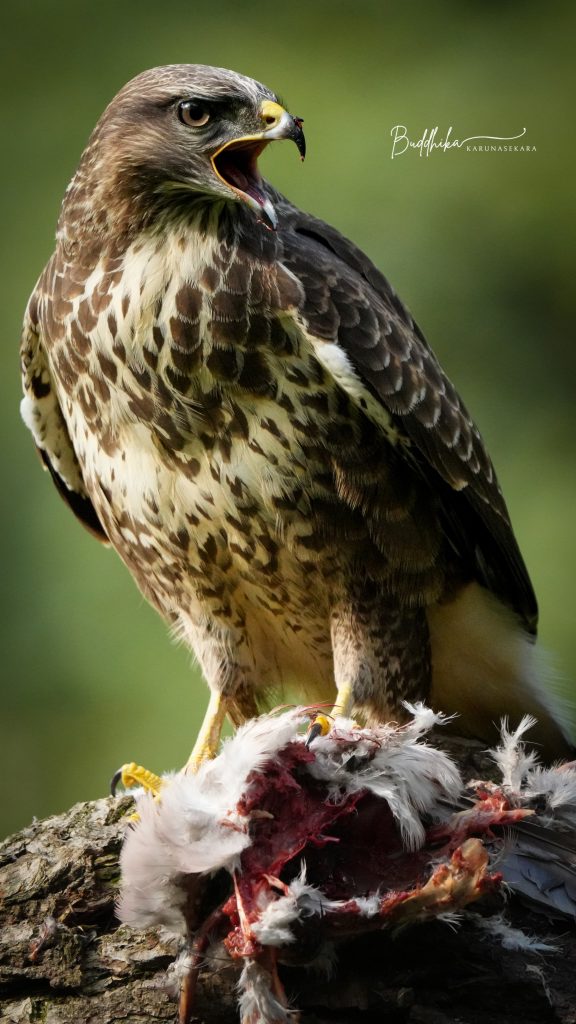
As you gaze skyward on a warm summer’s day, you might spot a large bird gliding effortlessly on thermal currents. Chances are, you’re watching a buzzard. These majestic birds of prey have long captured human imagination, featuring in folklore and myths across various cultures. While not as renowned in legend as eagles or owls, buzzards have their own unique place in the tapestry of avian lore.
In many Native American traditions, buzzards, often referred to as vultures, play significant roles in creation myths. The Cherokee, for instance, tell a tale of how the buzzard helped shape the landscape. As the story goes, when the earth was still soft and wet, the Great Spirit sent the buzzard to dry it. The bird flew low, and valleys formed where its wings touched the ground. Where it lifted its wings, mountains rose. This myth beautifully explains the undulating terrain of the Cherokee homeland.
Across the Atlantic, in Celtic folklore, buzzards were often associated with the transition between life and death. Their circling flight patterns were seen as a connection between the earthly realm and the spirit world. In some parts of Scotland and Ireland, it was believed that buzzards could carry the souls of the departed to the afterlife, serving as psychopomps – guides for the dead.
In ancient Egyptian mythology, the buzzard’s cousin, the vulture, was revered as a symbol of motherhood and protection. The goddess Nekhbet, often depicted as a vulture, was a protector of the Pharaoh and of Upper Egypt. While not specifically a buzzard, this reverence for carrion birds shows how these creatures were viewed with respect rather than the disdain often associated with them in modern times.
European folklore often cast the buzzard in a less flattering light. In some regions, these birds were seen as harbingers of doom or bad luck. Their tendency to circle over dying animals or feast on carrion led to associations with death and decay. However, this connection wasn’t always negative; in some traditions, the buzzard’s role was seen as necessary, helping to cleanse the land and recycle life.
In medieval bestiaries and fantastical books describing various animals, buzzards were sometimes described as having the ability to cure their own eye problems by looking directly at the sun. This myth likely arose from observations of the bird’s keen eyesight and its habit of soaring at great heights.
More recent folklore from the American South tells of the “buzzard’s roost”. According to legend, buzzards would gather in large numbers at certain trees or rock formations. These sites were often avoided by locals, who believed them to be cursed or haunted. However, these gatherings were simply the birds’ natural roosting behaviour, misunderstood by human observers.
In some African cultures, buzzards and vultures are respected for their perceived wisdom. Their patient circling and keen eye for opportunity have led to them being associated with foresight and strategic thinking. Some tribes even use the flight patterns of these birds for divination, believing they can predict future events.
Despite often being overshadowed by their more glamorous cousins like eagles and falcons, buzzards have carved out their own niche in human folklore and mythology. From creators of landscapes to psychopomps, from symbols of wisdom to omens of ill fortune, these birds have played diverse roles in our stories and beliefs.
The next time you see a buzzard riding the thermals high above, take a moment to appreciate not just its graceful flight, but also the rich tapestry of human imagination it has inspired throughout history. These birds, so often misunderstood, carry with them a legacy of myth and legend as vast as the skies they patrol.
